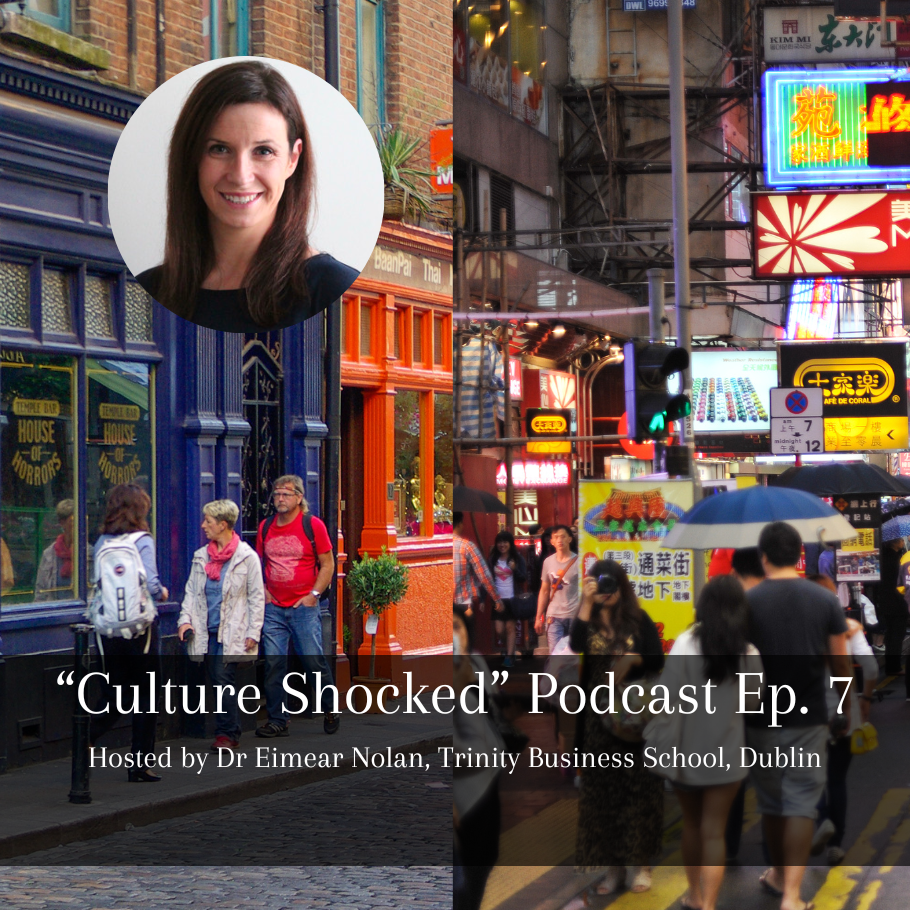Flow: Why It Can Increase Company Profitability Posted at 0:00, Mon, 6 May 2019 in Industry Insights
I first heard the word “flow” when my high school music teacher talked about playing the piano, and again during University when my singer friend spoke of writing music (the opposite of writer’s block). Now I know the term flow isn’t exclusive to hip-hop artists and stage performers.
Flow as a concept was pioneered by psychologist Mihaly Csikszentmihalyi in the early 90s, and is said to be representative of a state of being when a person is totally immersed and absorbed in a given activity, entirely unaware of the world as it is unfolding around them. Martin Seligman, Founder of the Positive Psychology movement (and author of Flourish identified this is as an integral component in wellbeing, as it is indicative of engagement in a given life, and has been shown to also increase positive emotions, sense of meaning and life-satisfaction.
In their book Ikagai Garcia and Miralles (2016) make the connection between flow and living longer, portraying elderly residents of Okinawa in rural Japan who spend the majority of their days in flow – working or attending to their vegetable gardens. In Okinawa, the Western concept of retirement isn’t the done thing (in fact there is no Japanese equivalent for the word “retire”), yet the number of people over the age of 100 is far higher than the global average, and are said to be some of the healthiest, happiest people in the world. It’s important to note however, that different cultures experience flow from different things, and what would lead to flow in rural Japan wouldn’t necessarily be the same for the Western world. Put it this way, the Instagram generation is a bit of a flow-stopper.
The concept of “flow” has been consistently linked with wellbeing but is coming up more and more recently in relation to employee engagement. It is now widely recognised that employee engagement is linked with a multitude of positive business outcomes – including happier more productive staff, reduced sick leave and staff turnover, enhanced creativity and problem-solving skills, and ultimately increase bottom-line profits. A Culture Amp on the financial return from wellbeing programs focused on increasing employee engagement demonstrated that for every dollar spent, costs associated with absenteeism alone decreased by over fifty cents. This is in addition to all the other aforementioned benefits.
Flow is closely linked with employee engagement, in that for flow to occur there must be a match between the challenges of the job and skill of the individual involved in the role. This challenge-skill match is essential for flow to occur, and is ultimately conducive to more engaged, more productive, happier employees. In fact, a 10-year study by McKinsey showed that employees in flow are five times more productive than normal. Sign me up!
So how do we ensure our employees are attaining flow-states more often?
Understanding strengths – This starts with understanding employee’ strengths and weaknesses and assigning tasks/ upskilling accordingly. Flow can’t be attained where a task is too easy or too difficult. Strengths tests such as Clifton Strengths Finder and VIA Strengths are good, cost-effective ways to assess the strengths of employees during interview stages, as well as current employees.
Job description sculpting – Once strengths have been identified, it’s easier to see where staff flourish and assign tasks accordingly. This doesn’t necessarily mean changing their entire role, it can simply be adding extra tasks, or taking away something in favour of allotting more time to something else.
Minimise distractions – Allow employees time to block out time in their diaries to get big tasks done in one flow-like spurt. Check out this article by Paul Graham.
Delegate – Is there a task one of your team could take on instead of you? Risk in the short-term might mean opportunity in the long-term.
Empower – As much as possible, empower staff to make decisions and voice their ideas. Encourage them to be themselves, allowing them to bring their authentic selves into the workplace. Mark Robbins is a thought-leader in this concept of “bringing your whole self to work” so if you want to learn more about why it’s important, check out his latest book.
Vision – Although this isn’t a necessity for achieving flow, working towards a meaningful, common outcome increases overall employee engagement and the chances of attaining a flow-state more regularly. Ensure staff are kept up to date with the big conversations and understand where they fit into the wider picture/ how their contribution affects the overall success of the business they’re working in.
Thank you for reading; I’d love to hear your thoughts! Feel free to get in touch with any feedback/your personal experience of flow in the workplace.



